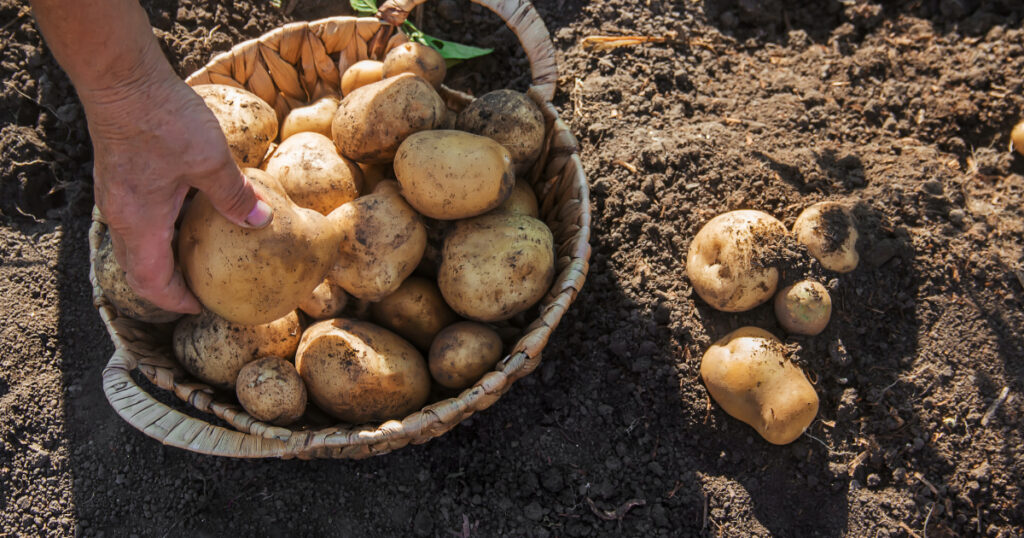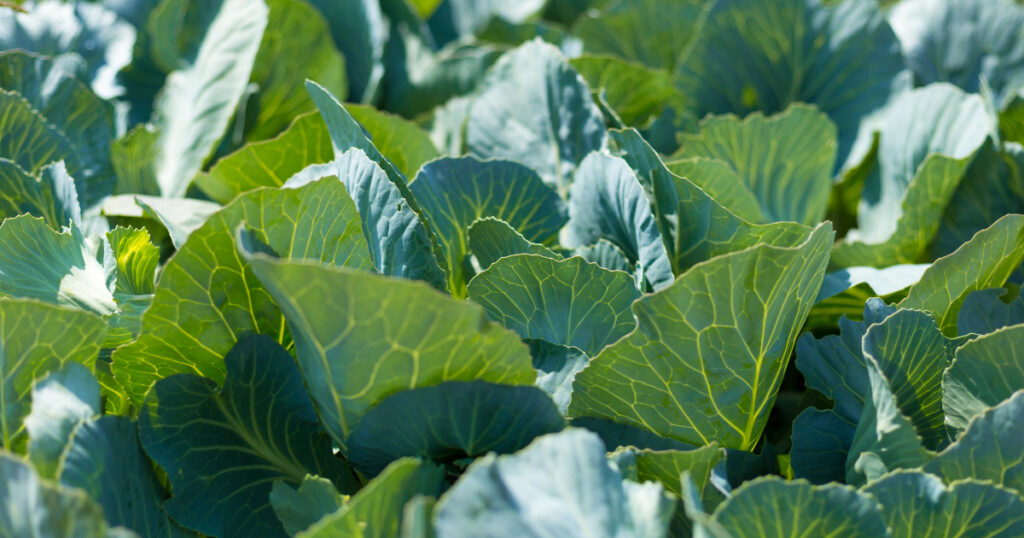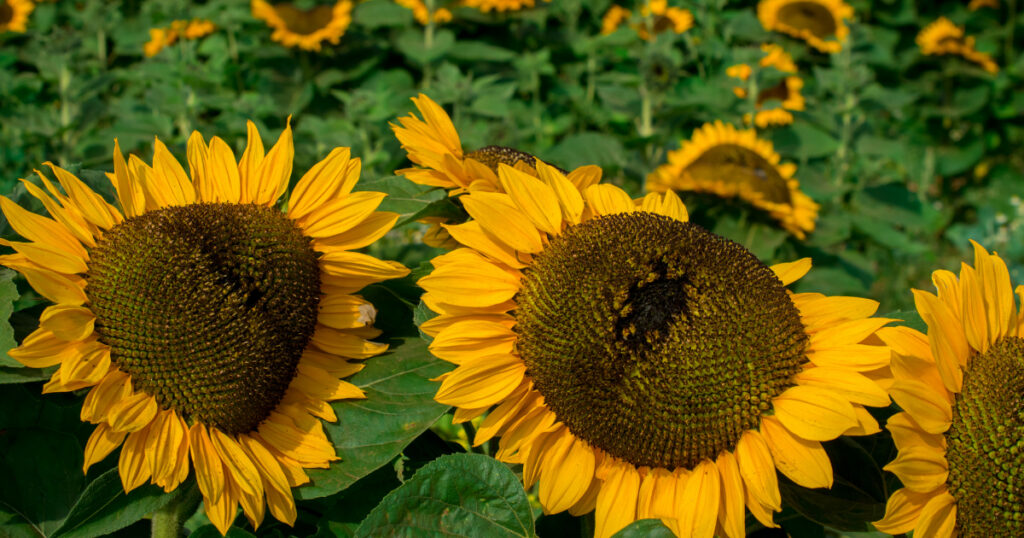When it comes to growing tomatoes, there’s a lot to consider. From soil quality to watering schedules, every detail plays a role in ensuring a bountiful harvest. But did you know that the plants you choose to grow alongside your tomatoes can also have a significant impact on their growth and yield? That’s right! Some plants can be great companions for tomatoes, while others can spell disaster for your crop. In this article, we’ll explore seven plants you should steer clear of planting near your tomato garden.
Potato Plants:

While it may seem like a natural pairing since both tomatoes and potatoes belong to the nightshade family, planting them together can invite trouble. Both plants are susceptible to similar diseases and pests, such as blight and aphids. By keeping them separate, you reduce the risk of cross-contamination and safeguard the health of your tomato plants.
Corn:

Corn is a tall, sturdy plant that can cast a shadow over your tomato plants, depriving them of much-needed sunlight. Additionally, corn has heavy nutrient requirements, which can deplete the soil of essential elements that tomatoes need to thrive. To ensure your tomatoes receive adequate sunlight and nutrients, it’s best to plant them away from cornfields.
Cabbage Family (Brassicas):

Plants like cabbage, broccoli, and cauliflower are notorious for attracting cabbage worms and other pests that can wreak havoc on your tomato plants. Furthermore, these plants release compounds that inhibit the growth of neighboring plants, including tomatoes. To avoid stunted growth and pest infestations, keep your tomatoes at a safe distance from members of the cabbage family.
Black Walnut Trees:
If you have black walnut trees on your property, be cautious about planting tomatoes nearby. Black walnut trees produce a toxin called juglone, which can inhibit the growth of many plants, including tomatoes. Symptoms of juglone toxicity in tomatoes include yellowing leaves, stunted growth, and wilting. To avoid these issues, choose a planting location that’s far away from black walnut trees.
Fennel:

While fennel may be a flavorful addition to your culinary repertoire, it can spell trouble for your tomato plants. Fennel produces chemicals that can stunt the growth of nearby plants, including tomatoes. Additionally, fennel attracts beneficial insects like ladybugs, which prey on tomato pests like aphids. To prevent competition and ensure optimal growth, avoid planting fennel near your tomato garden.
Sunflowers:

While sunflowers may add a pop of color to your garden, their towering height and extensive root systems can compete with tomato plants for water and nutrients. Additionally, sunflowers can cast shade over your tomato plants, hindering their growth and development. To prevent overcrowding and resource competition, plant sunflowers away from your tomato garden.
Dill:

Dill is a popular herb that’s commonly used in culinary dishes and pickling recipes. However, it can hinder the growth of nearby plants, including tomatoes. Dill releases chemicals that can inhibit the growth of other plants and attract pests like aphids and spider mites. To promote healthy tomato growth, it’s best to keep dill at a safe distance from your tomato plants.
Conclusion:
While companion planting can offer numerous benefits for your garden, it’s essential to be mindful of which plants you choose to grow alongside your tomatoes. By avoiding these seven plants, you can minimize the risk of pest infestations, nutrient competition, and stunted growth, ensuring that your tomato plants thrive and produce a plentiful harvest. So, the next time you’re planning your garden layout, remember to keep these tips in mind for a successful tomato-growing season!

